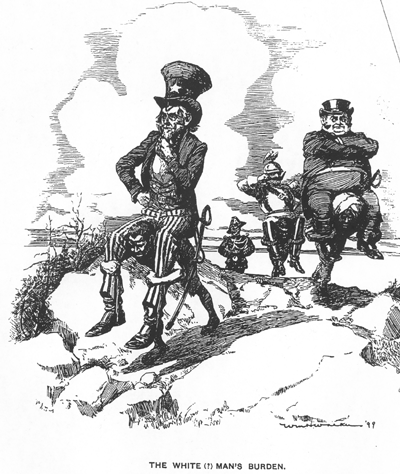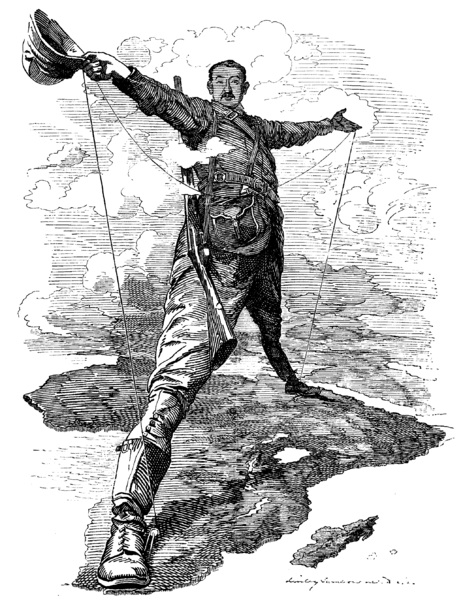A Brief History of International Development
Content Page from Previous Semesters - For Reference Only
Many readings of international development begin with the premise that the development era began at the end of the Second World War. The transition from European colonialism, which involved the control of foreign colonies through direct intervention and violence, began to recede at this point with the increasing independence of former colonial outposts. While differing by colony and colonial system, colonialism involved the political, economic and spatial control of various regions to benefit colonial empires. Raw materials were extracted and transported to colonial empires and local populations were disrupted and moved to advance external agendas. Colonialism also involved the elevation of European values as supposedly more advanced and “civilized” than local populations. In a classic poem titled “The White Man’s Burden,” Rudyard Kipling wrote:
Take up the White Man's burden--
Send forth the best ye breed--
Go bind your sons to exile
To serve your captives' need;
To wait in heavy harness,
On fluttered folk and wild--
Your new-caught, sullen peoples,
Half-devil and half-child.
The following images published at this time capture some of the key themes to colonialism and European imperialism at the turn of the 20th century.

